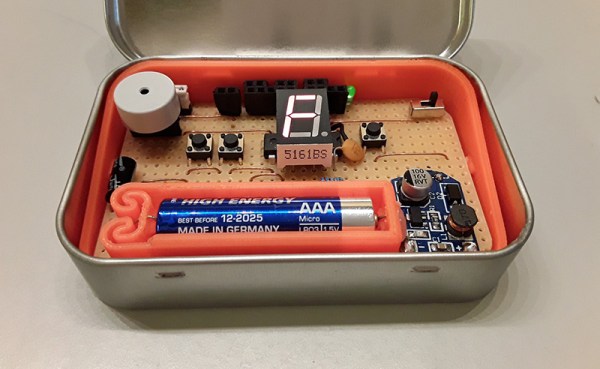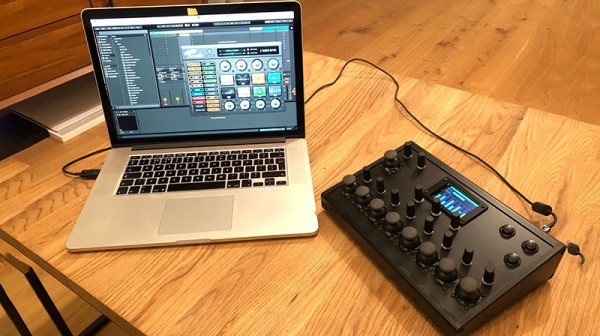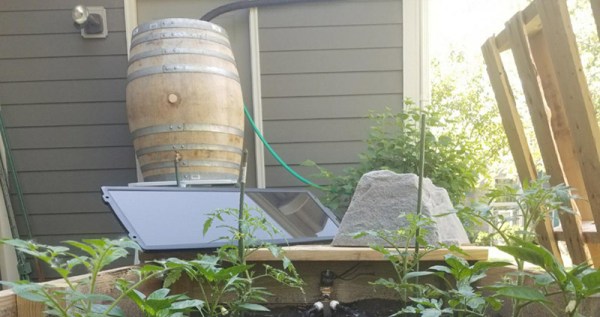Compared to incandescent lightbulbs, LEDs produce a lot more lumens per watt of input power — they’re more efficient at producing light. Of course, that means that incandescent light bulbs are more efficient at producing heat, and as the days get shorter, and the nights get colder, somewhere, someone who took the leap to LED lighting has a furnace that’s working overtime. And that someone might also wonder how we got here: a world lit by esoteric inorganic semiconductors illuminating phosphors.
The fact that diodes emit light under certain conditions has been known for over 100 years; the first light-emitting diode was discovered at Marconi Labs in 1907 in a cat’s whisker detector, the first kind of diode. This discovery was simply a scientific curiosity until another discovery at Texas Instruments revealed infrared light emissions from a tunnel diode constructed from a gallium arsenide substrate. This infrared LED was then patented by TI, and a project began to manufacture these infrared light emitting diodes.




















